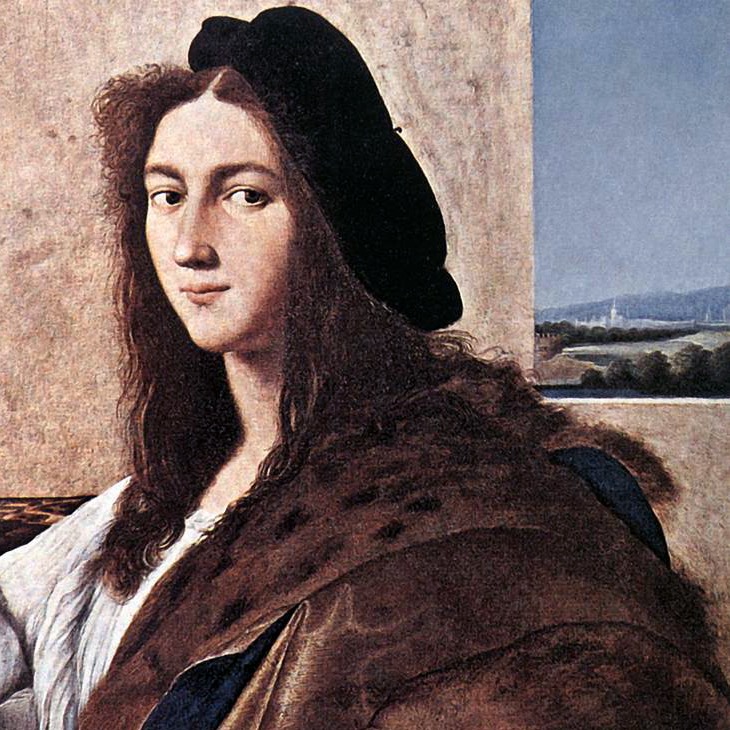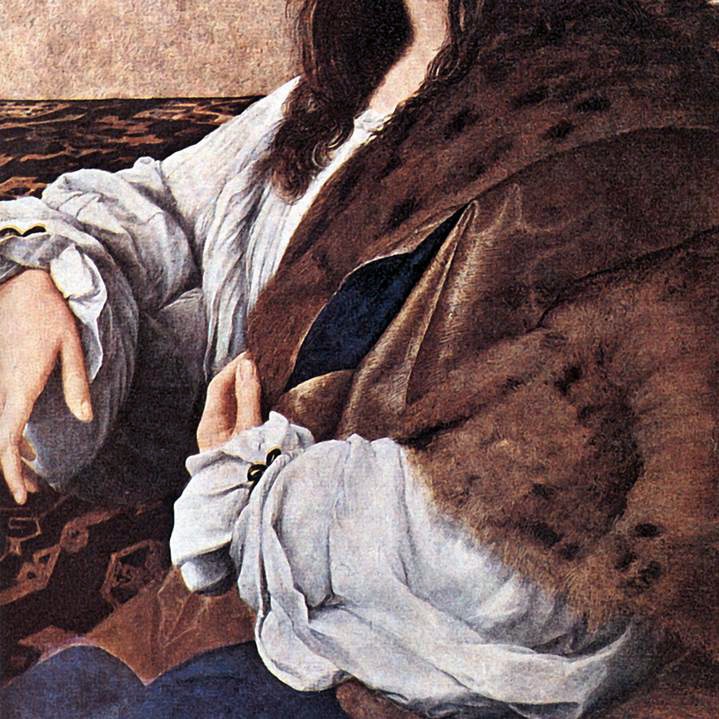
One of the works lost during World War II is The Portrait of a Young Man by Raphael Sanzio, one of the masters of the Italian Renaissance. The painting disappeared in 1945 during the chaos of the last days of World War II, and it was a great loss since this work is considered one of Raphael’s masterpieces, celebrated for its refined depiction of the subject and fine painting technique. Before the war, the work was held at the Czartoryski Collection in Krakow, Poland, but was requisitioned by the Nazis along with many other works of art as part of their cultural despoliation efforts.
PORTRAIT OF A YOUNG MAN BY RAFFAELLO

Raphael’s Portrait of a Young Man is considered a masterpiece not only because of the beauty of the subject and Raphael’s artistry, but also because of the intensity of the young man’s gaze, which seems to establish a direct connection with us who are watching. Its disappearance has left a void in art history and sparked intense interest and speculation of all kinds about its possible fate.
DESCRIPTION OF PORTRAIT OF YOUNG MAN BY RAFFAELLO
In his “Portrait of a Young Man,” Raphael Sanzio captures the essence of his subject’s aristocratic youth with great skill. The work, admired for its accuracy of detail and the refined expression of the young man, is a magnificent example of how Raphael was able to breathe life and character into his subjects.
The young man, depicted in a half-length pose, wears elegant clothing that suggests his elevated social position. The subject’s direct, penetrating gaze almost seems to challenge the viewer, while the soft light that caresses his face highlights his face and the sophistication of his clothing. This work not only reflects Raphael’s skill in portraiture but also provides insight into the social and cultural conventions of his time.
THE DISAPPEARANCE OF RAFFAELLO’S PORTRAIT OF THE YOUNG MAN
The story of the disappearance of The Portrait of a Young Man is as compelling as the beauty of the work itself. Although decades have passed since the end of World War II, the search to recover Raphael’s The Portrait of a Young Man continues.
Art experts, investigators, and historians have examined archives, interviewed witnesses, and followed leads throughout Europe in hopes of finding the work.
After being displayed for centuries within the Czartoryski collection in Krakow, the portrait disappeared during World War II. In fact, in 1939, following the invasion of Poland by Nazi forces, the painting was confiscated by the Nazis in what was the largest appropriation operation of European works of art.
After being transported to Germany, the fate of “Portrait of a Young Man” became one of the art world’s great unsolved mysteries. Despite numerous attempts to locate it and ongoing investigations, Raphael’s work remains lost to this day, perhaps destroyed or perhaps hidden somewhere.
Its story has become emblematic of international efforts to recover works of art lost or stolen during World War II, underscoring the importance of global cooperation in the protection and recovery of cultural heritage.

The disappearance of “The Portrait of a Young Man” is a reminder of the cultural losses suffered during World War II, but it also keeps alive the hope that, like other recovered works of art, it may one day be returned to the world. The search continues not only for the artistic value of the work, but also as a symbol of resistance against destruction and cultural despoliation.

